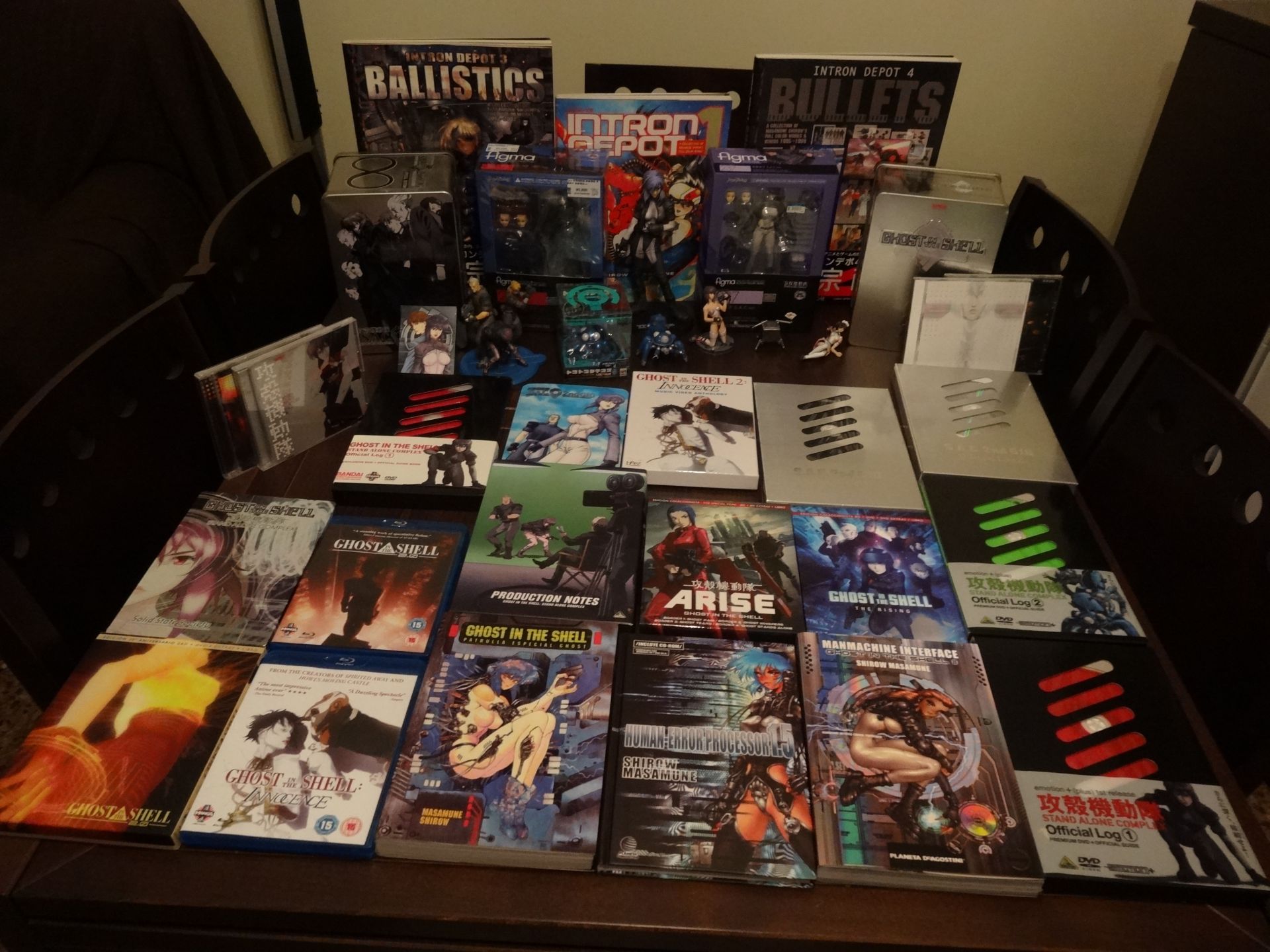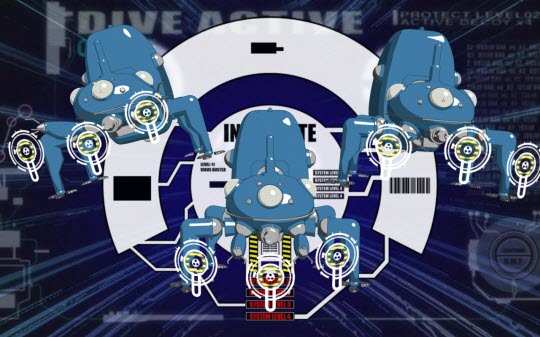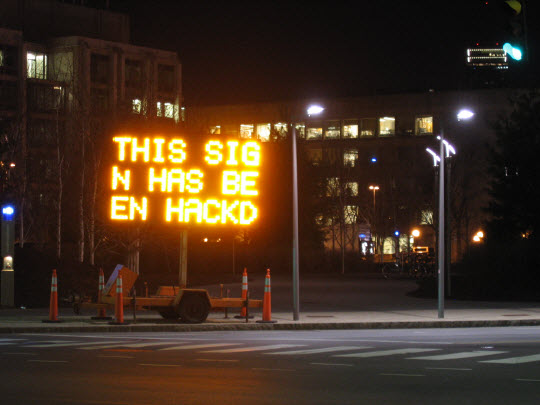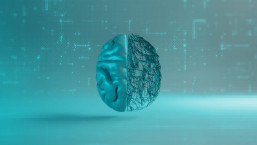Taking advantage of the recent international premiere of the big screen adaptation of the manga Ghost in the Shell, we thought it would be a good idea to review some of the cybersecurity themes it explores, as well as look at how it has influenced both the hacker community and security professionals (all from the point of view of someone who first came across the series over 20 years ago).

My own collection
Cybersecurity in the Ghost in the Shell universe
Ghost in the Shell introduced, adapted and transformed concepts that have long fascinated us. For example, the idea that a human mind could live in a cyborg-like synthetic body was not new, but the approach that was given to a permanent connection of humans and machines to a network similar to today's internet was fascinating (especially the dangers of such a development).
Large, government-controlling corporations that launch cyberattacks and cybercriminals that take control of human brains and implant memories that never existed are just two of the many examples in which information security is present in Ghost in the Shell.
A lot of it feels very immediate, which is no surprise when you consider that this cyberpunk series is set in the near future (between 2029 and 2032). Naturally, there is a blurring of reality with fiction, as characterized by the ability to breach connected devices, except not the kind we would imagine possible today. Having a cyberterrorist take control of your servant robot and turn it into a deadly humanoid weapon is not the same as having your Internet of Things (IoT) fridge compromised.
Similarly, the cyberattacks aimed at critical systems, such as those used by Public Security Section 9, appear quite a few times in the manga series, and again, there are aspects of it that are not that far away from reality.
Obviously, these systems also have security measures. On the one hand, they are typified by real-world defenses, such as firewalls, as well as more creative ones. There are scenes in which some of the protagonists are introduced into the connected systems as avatars to repel or launch an attack.

Production Anime
Another interesting example, which blurs the lines of reality and fantasy, can be seen in the animated series Ghost in the Shell: Arise. Here we see actual malware referenced – Stuxnet. What this shows is that those responsible for this series have taken the trouble research real-world concepts and transfer them into the manga universe.
Cyberattacks on systems belonging to smart, “intelligent” cities are also evident. Given that the series is set in a futuristic Japan, it’s not surprising that many systems such as surveillance cameras, traffic signs or even emergency systems are connected, something that some of the cybercriminals or the members of Section 9 compromise to fulfill their missions. This is a reflection of some of the incidents that we have already experienced in real life, such as electronic road signs.

Credits image: Christopher Pentacoff (MIT)
The philosophical side
If something really stands out in Ghost in the Shell, it is the philosophical side of things. One constant narrative explored is the difficulty in discerning between humans and artificial intelligence.
Where does the machine start and the human end? Can a machine have a soul (ghost)? Can we live forever if we connect our consciousness to an almost infinite information network like the internet? Can multiple consciousnesses be united into one within that network? Can artificial intelligence rebel against its creators? These are just some of the questions that are raised throughout this series, many of which we still have no real answer for.
The cultural and intellectual movement known as transhumanism is also very present in Ghost in the Shell, with cybernetic improvements commonplace in the fictionalized Japanese society. It is not just a matter of implanting improved organs or limbs; we also have extreme cases like that of Major Kusanagi – her brain is the only real human trace left in what is a fully synthetic body.
The desire to achieve perfection and immortality through technological improvement, as if this were the last step in human evolution, is something recurrent throughout the series. We find characters that explore the pros and cons of this – some want to remain as human as possible, while others are willing to abandon their physical body in exchange for living eternally within a network.
In today's world, we have examples of people looking to improve themselves through technological implants. Some know them as biohackers and, while arguable, there are many positive aspects of this technology, the implications of such implants being connected to the internet, and therefore possibly compromisable, does throw up some troubling questions.
All in all, quite fascinating. So, over to you – what do you think of this universe and the scenarios that it raises?
Credits image: Production IG




